|
|
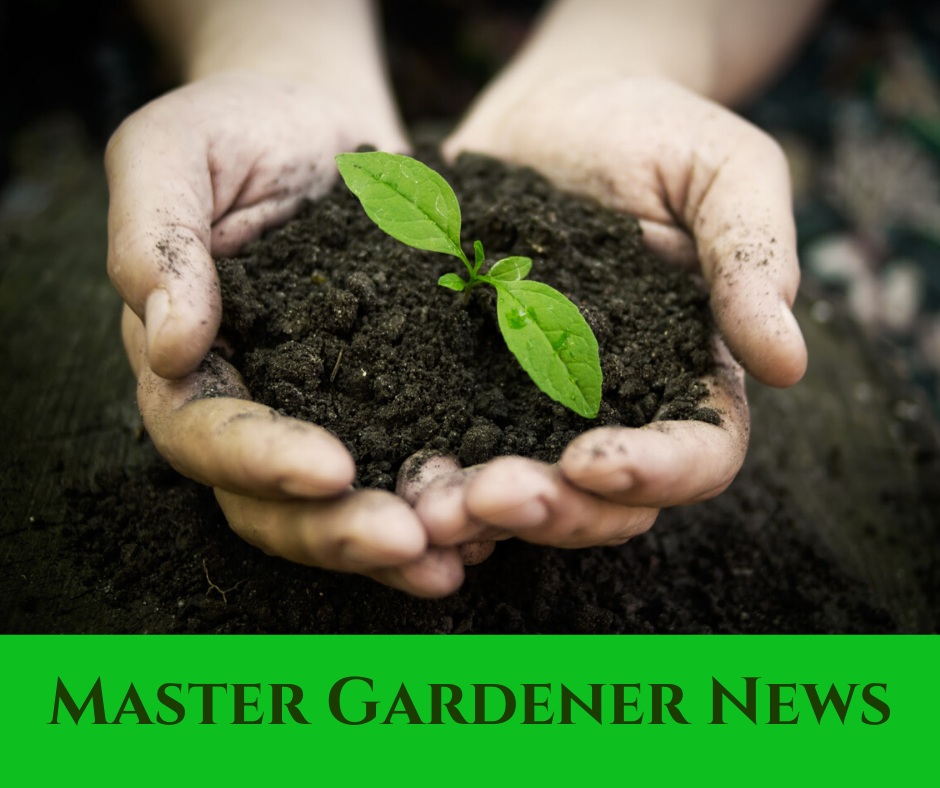
|
Winter's Here .... but this week feels like spring!
|
|
|
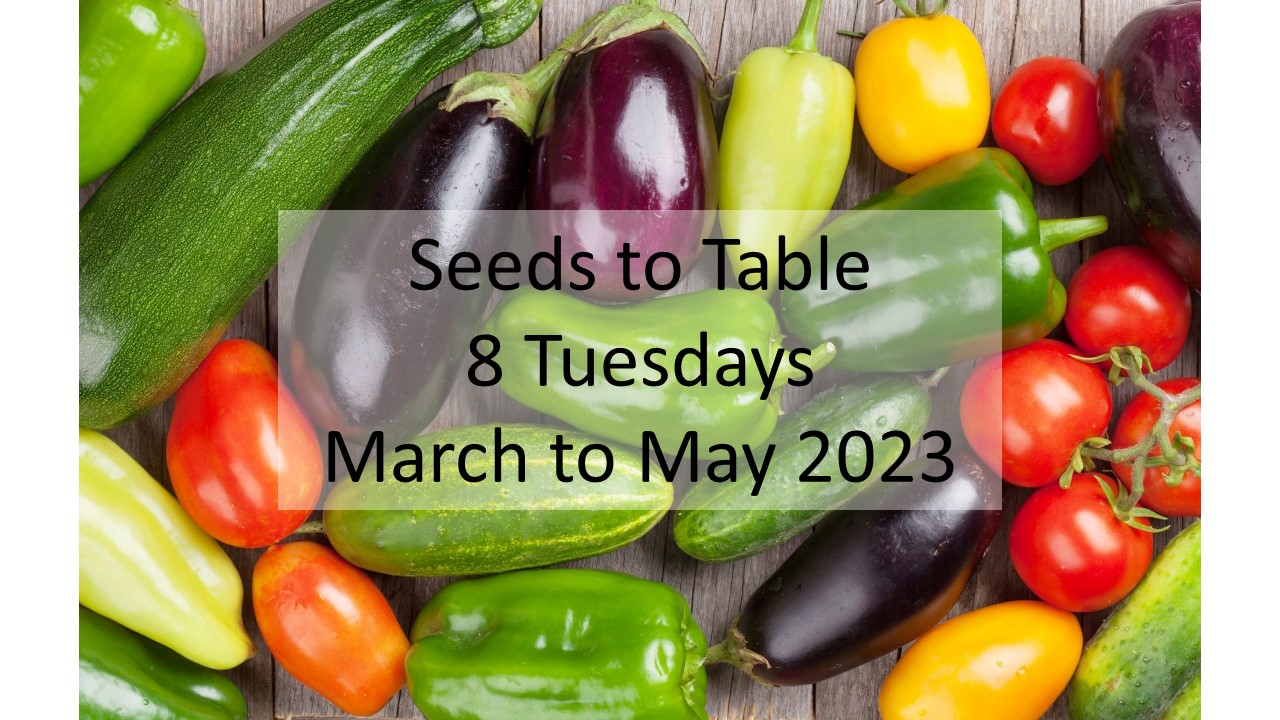
|
|
To register for our 8 week Seeds to Table course use this link:
|
|
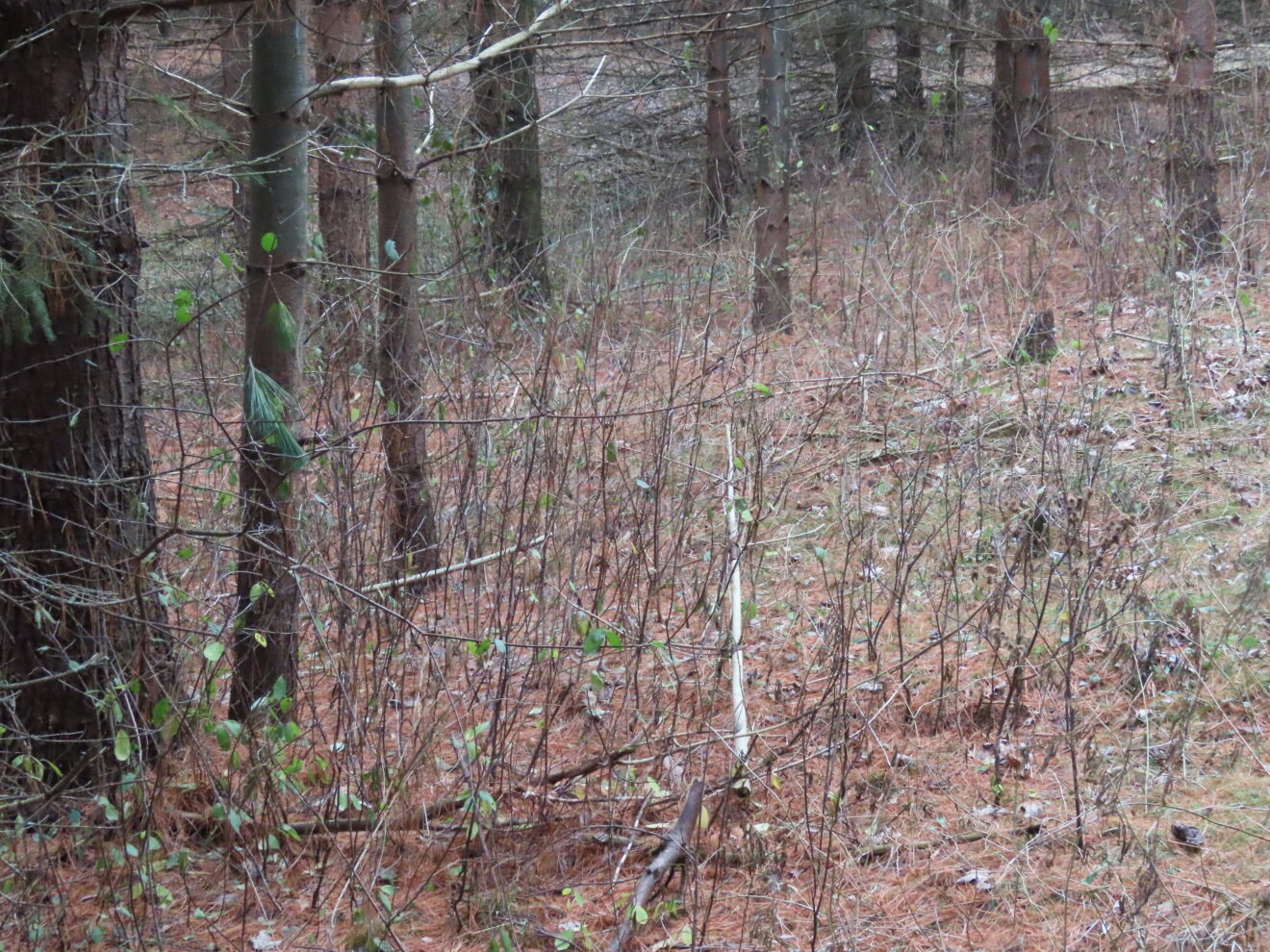
|
Invasives....their increasing impact
|
Article by Sherree Mahood
|
|
January! The time when gardeners hunker down with seed catalogs and ponder the future of their gardens. It’s also the time that we, as Master Gardeners, think about how we will direct our efforts in the upcoming year.
|
This year we’re going to tackle an important concern – the increasing impact of “invasives” (plants, insects, and other pathogens) on our ecosystems.
|
It’s a big topic, but at a time of year known for introspection and goal-setting, it’s timely to learn more about how these non-native species are harming the environment and how we can, MUST, rethink our traditional approaches to gardening.
|
Climate change, urbanization, and the proliferation of invasive species are realities increasingly apparent in our own gardens. Many of us have planted native host plants to attract specific butterflies, moths, and other unique pollinators to our gardens.
|
This past year, in some areas, we noticed a significant decline in our pollinator populations. Was it due to the Bacillus thuringiensis (BTK) used to combat the invasive Spongy Moth (Lymantria dispar dispar) the previous year? Was it the late spring ...and why was spring so late? Or, could it be attributed to the disappearance of native, keystone species through the destruction of native habitats and an increase in invasive plants and organisms that are choking out those keystone populations?
|
Keystone species define our ecosystems. They cannot be replaced. When a keystone species disappears, be it animal, plant, insect, or fungi, it can have far-reaching impacts on other species.
|
In Middlesex County, Lupines provide a good example of the interactions between native species. The non-native Russell Hybrid (Lupinus polyphyllus), which is the cultivar found in most garden centres, cross-pollinates easily with our native lupine (L. perennis) and has led to the extirpation of the flower in our area.
|
Why is this a problem? Our native Lupine is the sole host plant for the Karner Blue Butterfly, which, as a result, is no longer found in Southern Ontario. This is but one of many examples.
|
Extirpation and extinction are far more common than people realize.
|
Noted biologist E.O. Wilson has estimated that some 170 species become extinct in the world every day! And in Ontario, the list of extirpations lengthens every year: Frosted Elfin Butterfly, Karner Blue Butterfly, Persius Dustywing Butterfly, Incurved Grizzled Moss, Macoun’s Shining Moss, Dwarf Umbrella Sedges, Yellow-fringed Orchid, Common’s Panic Grass, Wild-rye, Black Oat Grass and too many more.
|
All gardeners have a role to play in reversing this situation:
- Understand what keystone species are native to your area. Plant them or plant what attracts them. There are so many native options available! Milkweeds, goldenrods, and asters make excellent native foundations for your garden and will attract butterflies, moths, native bees and a myriad of other pollinators. Where there are pollinators, there will be birds, too. If you have space for a tree, consider a Hop Tree (Ptelea trifoliata) to attract the Giant Swallowtail – our largest butterfly or a White Oak (Quercus Alba) which supports over 90 species!
- Remove and destroy the invasive plants in your garden: Lily of the Valley, Periwinkle, Goutweed, Lamium, Phragmite, Buckthorn, Burning Bush, Rose of Sharon. Yes, they’re pretty, and yes, you may think you can contain them, but the birds will move the seeds throughout their flight paths.
- Join the movement to stop garden centres from selling invasive plants; when we stop buying, they will stop selling.
- Go on nature walks and learn to identify the most prevalent forest and woodland invasives. Buckthorn, Dog-Strangling Vine and Autumn Olive are prolific in this area. Many landowners welcome assistance in removing invasive species from their property – but ask first.
If you would like to understand more about this issue, we recommend the following to get you started:
|
|
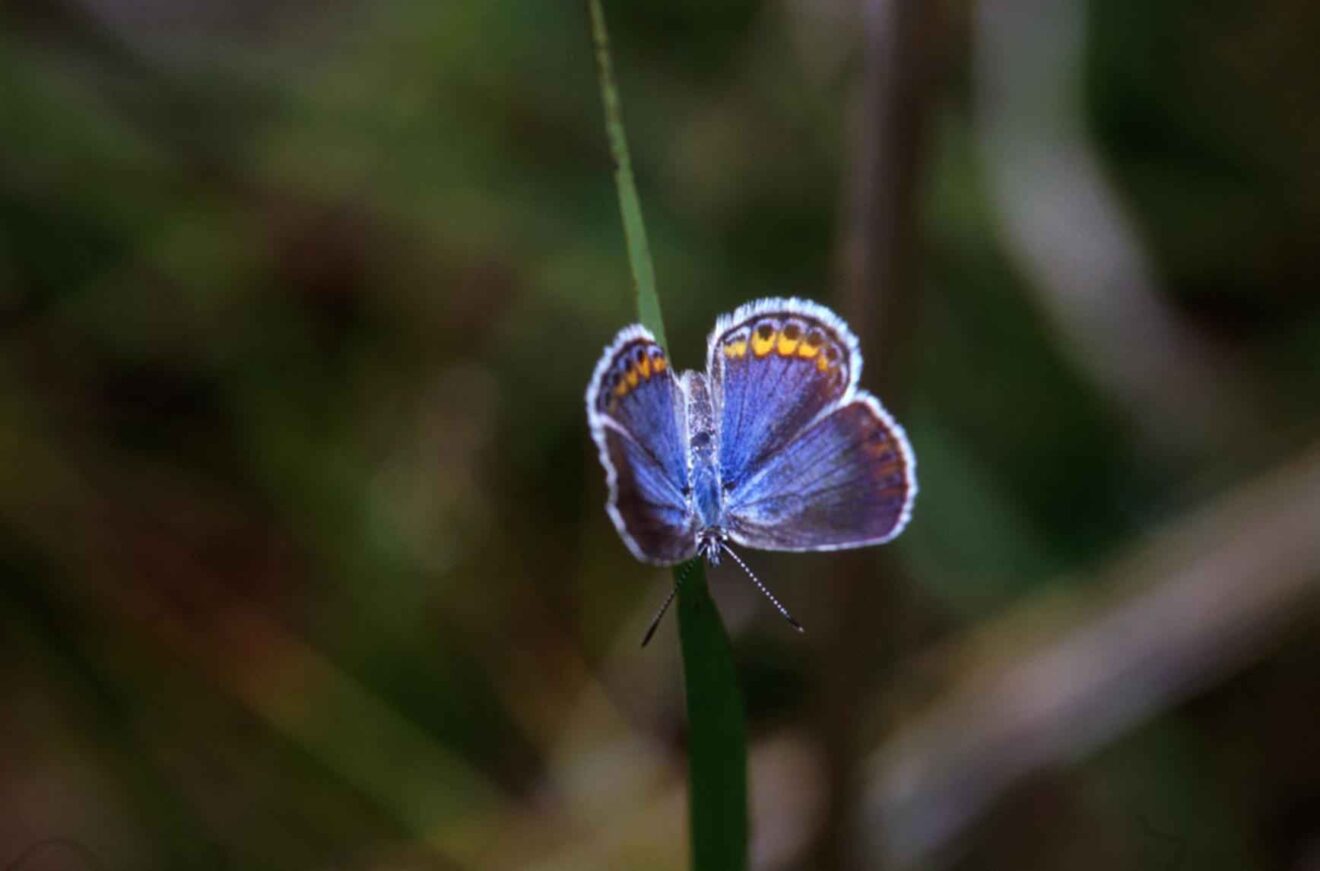
|
|
Lovely Karner Blue butterfly - one of many species that we can help save from extinction!
|
|
|
|
|
|
Did you Know?
|
Winter is a great time to plan your garden
Once the leaves and flowers have faded, it is easier to get a sense of the garden’s structure. Using a critical eye, look at the structural bones and see where improvements can be made. Hardscaping, strong architectural plants (like evergreens and grasses), and plants with interesting features (like seed heads and textured bark) often form the backbone of a garden and carry it through the seasons. Look for a strong structure from these features. Next, crack open those garden journals and assess what worked and what didn’t. Now is a great time to dream up your new year’s gardening resolutions.
|
You can start lettuce indoors
With the price of lettuce soaring, I decided to start some of my own greens to ward off my winter blues. Filling an old shallow Rubbermaid container with about 4 cm of sterile potting mix, I threw in some mesclun mix lettuce and watered it well. I placed the lettuce under grow lights and fed the plants with organic fertilizer once they sprouted their second set of leaves. I now have plenty of salad to share with my family and a little taste of summer in the dead of winter.
|
January is a great time to join a garden club
You are not alone in your wistful winter longing for mounds of flowers. And there is no better time to meet other plant-a-holics than in the winter when we are not busy in our yards. Do you already belong to a garden club but long for even more involvement? Consider training to become a Master Garden. Master Gardeners are committed to lifelong learning about all things gardening and we love to share our knowledge with others. If you are interested in helping others discover the joys of gardening, come to a meeting and learn more about what we do.
|
|
|
|
NO-NO of the Month
|
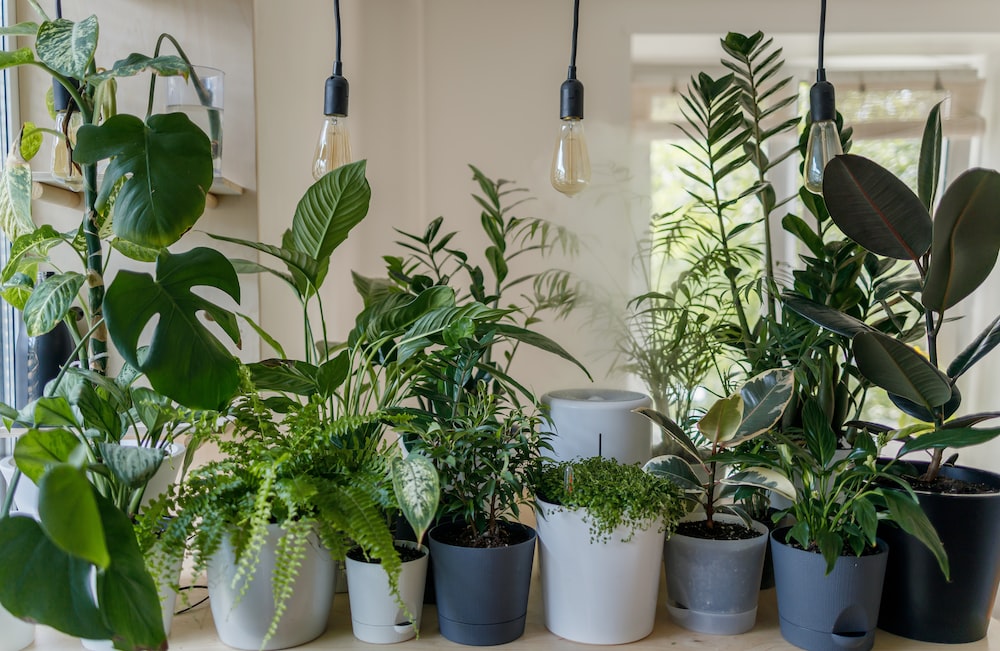
|
Less is more with Houseplants
|
Many houseplants are killed from too much love at this time of year in the form of water and fertilizer. The lower winter sun and cooler indoor temperatures result in slower growth for our indoor friends. That means we need to cut back on watering and feeding plants until spring when new growth begins. Learn more here (https://www.extension.iastate.edu/news/care-indoor-plants-during-winter-months).
|
|
|
|
Recipe Corner
|
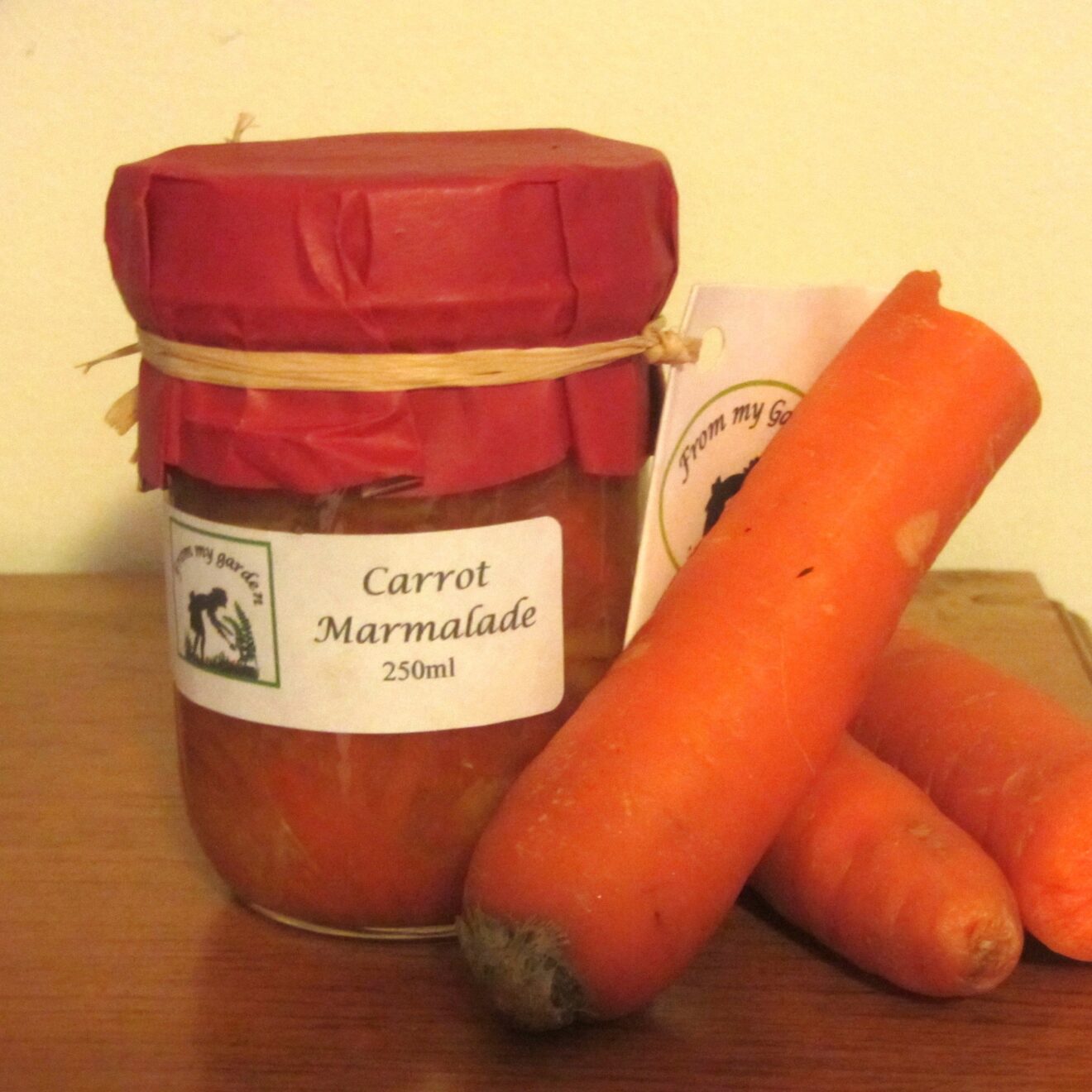
|
Nancy’s Carrot Marmalade
|
1 lg lemon – rind finely cut into slivers, discarding white pith
|
|
& pulp finely chopped using a food processor
|
|
5 lg oranges – process the same as the above lemon
|
|
1 cup of pure orange juice
|
1 cup of white sugar added later
|
Mix all the above ingredients (except for 1 c of sugar) into a large stainless-steel pot and let stand for about 4-5 hours or in the fridge overnight.
|
|
With the lid on cook on med-low for about 30 min, stirring it occasionally to make sure it doesn’t stick. Remove the lid, add 1 c of white sugar, and cook another 30 to 40 min to thicken.
|
|
Bring the marmalade to a temperature of 100C.
|
|
Ladle hot marmalade into clean hot sterilized jars, leaving a ¼” or .5cm headspace. Remove bubbles; adjust headspace, if necessary, by adding more marmalade. Wipe the rim with a clean damp cloth. Centre the new hot lid on the jar and screw the band down until resistance is met, then increase to fingertip tight.
|
Place jars in a canner (with boiling water) with a rack, ensuring they are completely covered with water. Bring the canner back to a boil & process for 10 min. Remove the canner lid. Wait for about 5 min, then remove the jars upright on put on a cloth or tea towel on the counter to cool & seal. Do not tighten the jar rings. Store in a cool dry space.
|
Enjoy this delicious marmalade with your morning toast, or serve with your favourite cheese or with grilled salmon.
|
|
|
|
|
|
Glyphosate Fact from Fiction
|
What is glyphosate fact and what is fiction? Read on for some science-based clarity.
|
|
|
|
Plant the right trees! Best Choices for our Zone
|
Trees are the biggest investment decision for the long-term enjoyment of our outdoor spaces. These favourites would be great for any gardens rated as Canadian zones 5b-7a
|
|
|
|
|
|
|
|
Master Gardeners of Ontario Inc.
|
The Master Gardeners of Ontario (called MGOI for short) is a registered charity in Canada. MGOI is the parent organization of the London Middlesex Master Gardeners. MGOI is now set up to accept donations via their website at this link:
|
Lambeth Horticultural Society
|
January 16 2023 at 7:30 pm
|
|
Speaker—Kerry Hackett Topic—“Favorite Herbs and Homemade Remedies” Kerry is a member of the National Institute of Medical Herbalists (UK), the Ontario Herbalist Association (Past President) and the Veterinary Botanical Medicine Association. She is also a certified Master Gardener.
|
Stratford & Area Master Gardeners
|
January 19, 2023 at 7:00 pm
|
|
The Stratford & Area Master Gardeners in conjunction with the Stratford Public Library are offering their Gardening in a Changing Climate Series.
|
|
|
|
|
|
We love to hear from gardeners and answer questions. Don't be shy.
We were all new to this once!
|
  
|
|
|
|
|
Want to Subscribe?
|
If this was forwarded to you, you may wish to subscribe to our next newsletter.
|
|
|
|
|
|
|
|
|
|
|